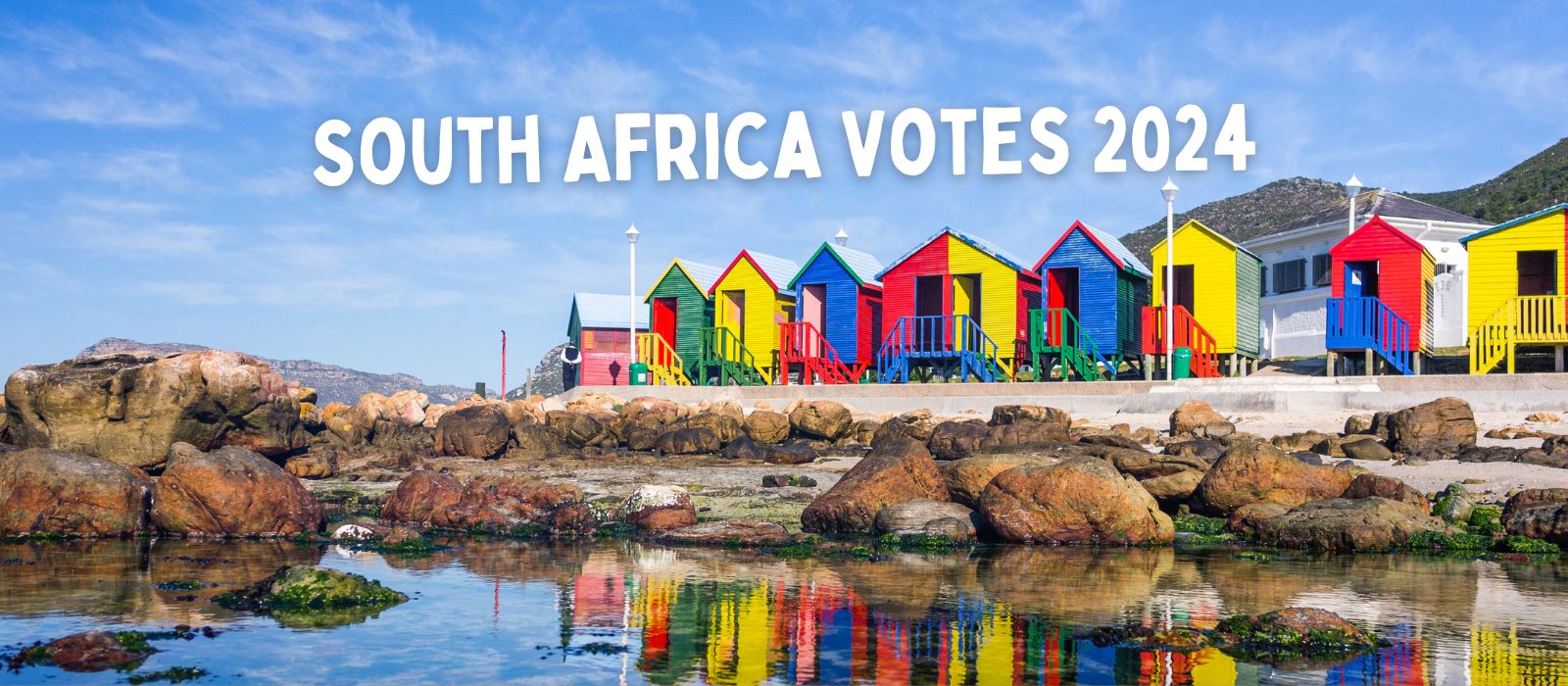
After months of campaigning across South Africa, politicians have had the opportunity to share their manifestos. Now, on May 29th, it’s time for registered South African citizens to exercise their right to vote and select their provincial, regional, and national members of parliament. Here are five key points to understand about the upcoming elections:
- Election Cycle: South Africa’s elections follow a five-year cycle, with national and provincial elections held simultaneously and municipal elections occurring two years later.
- Electoral System: The electoral system is based on party-list proportional representation, meaning that parties are represented in proportion to their electoral support.
- Voting Abroad: South Africans residing outside the country are only permitted to vote in national elections, while provincial and municipal elections are reserved for those residing within South Africa.
- Presidential Election: South African citizens do not directly elect the President. Instead, the members of parliament elect the President, usually the leader of the party with the majority seats. For example, in the previous elections, the ruling party had the majority, and Cyril Ramaphosa was nominated and voted in by the parliament.
- Multiparty System: South Africa is a multiparty state, allowing multiple political parties to contest the elections. The outgoing parliament had at least 13 political parties in the national assembly. Currently, more than 52 parties are vying for seats in the national parliament.
For the first time since its democratic independence, South Africans will receive three ballot papers instead of two. The three ballots are:
- National Ballot: Lists political parties vying for 200 seats in the National Assembly, featuring 52 parties in a dual column format.
- Regional or Province-to-National Ballot: Includes political parties and independent candidates contesting for seats reserved for each province in the National Assembly. The configuration is a single column with 30 to 44 contestants.
- Provincial Ballot: Unique to each province, it includes parties and independent candidates competing for seats in the respective provincial legislatures. This single-column ballot has 24 to 45 contestants.
The ballots will feature:
- The full registered name of the party.
- A photograph of the registered party leader.
- The registered abbreviated name of the party.
- The registered emblem or symbol of the party.
For independent candidates, the ballot papers will include:
- The name of the independent candidate.
- A photograph of the independent candidate.
- The word “INDEPENDENT.”
As South Africa approaches this pivotal election, it is crucial for voters to understand these elements to make informed decisions and actively participate in shaping their country’s future. (Source: IEC South Africa)




